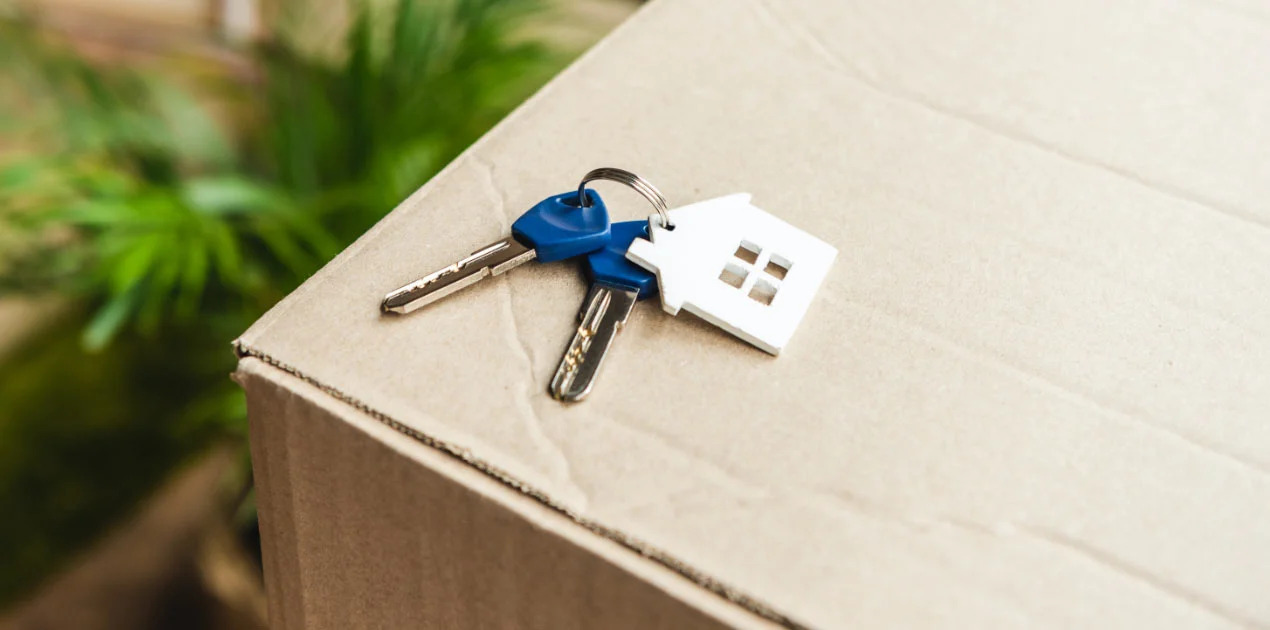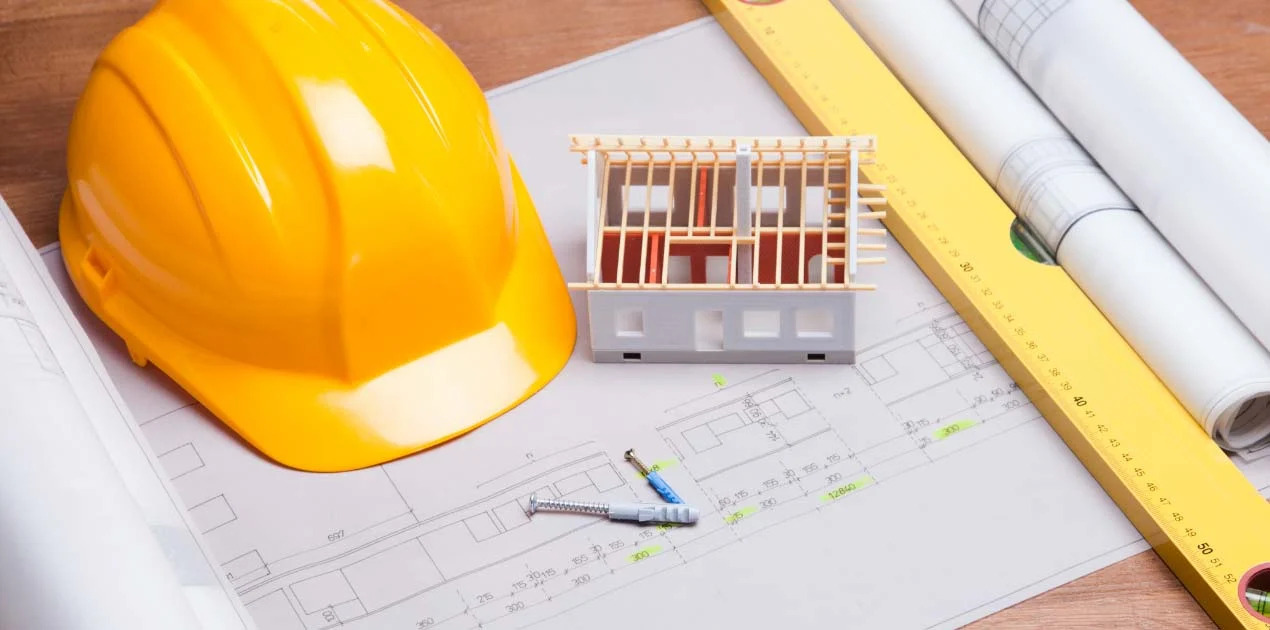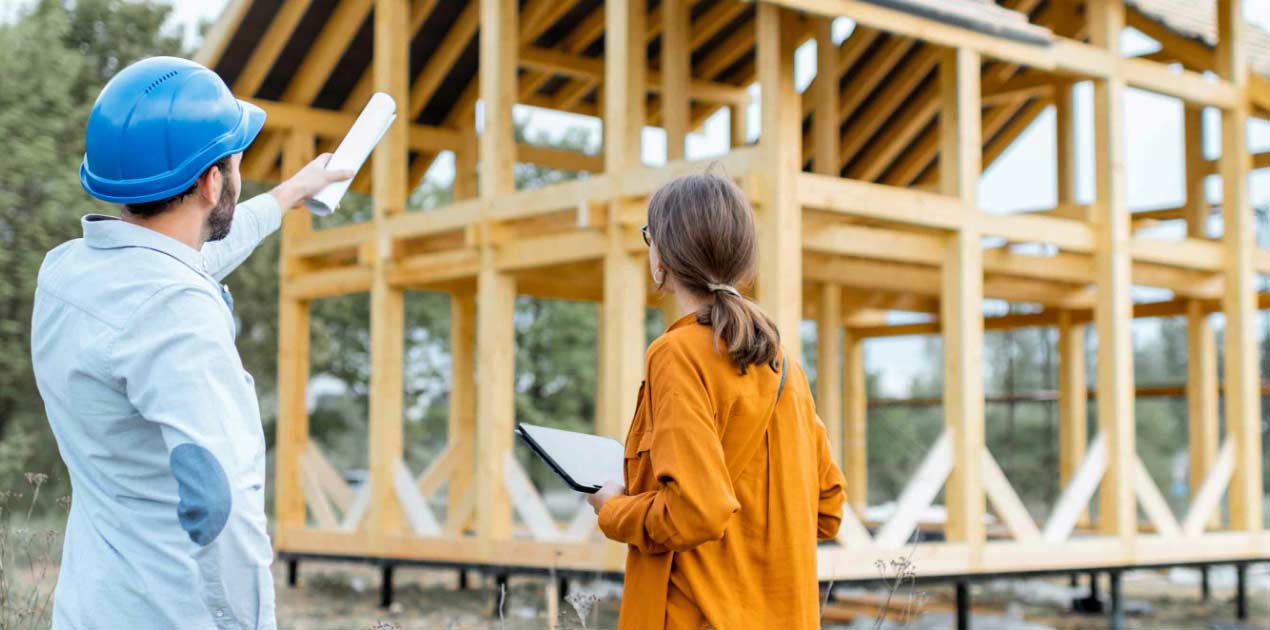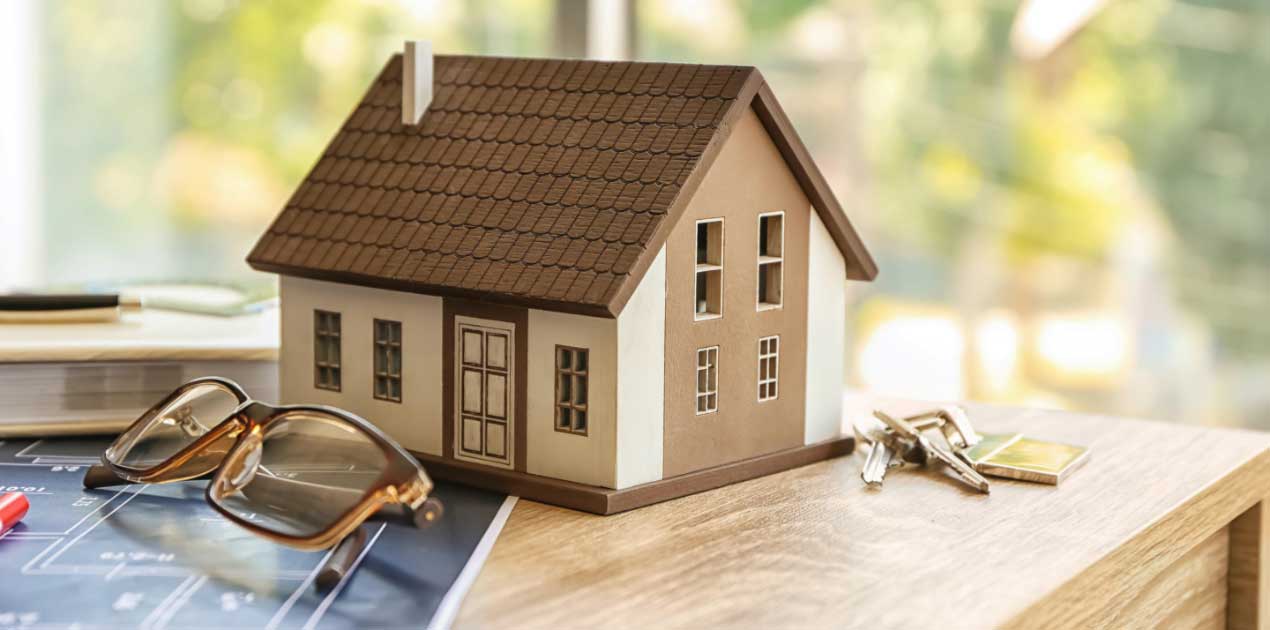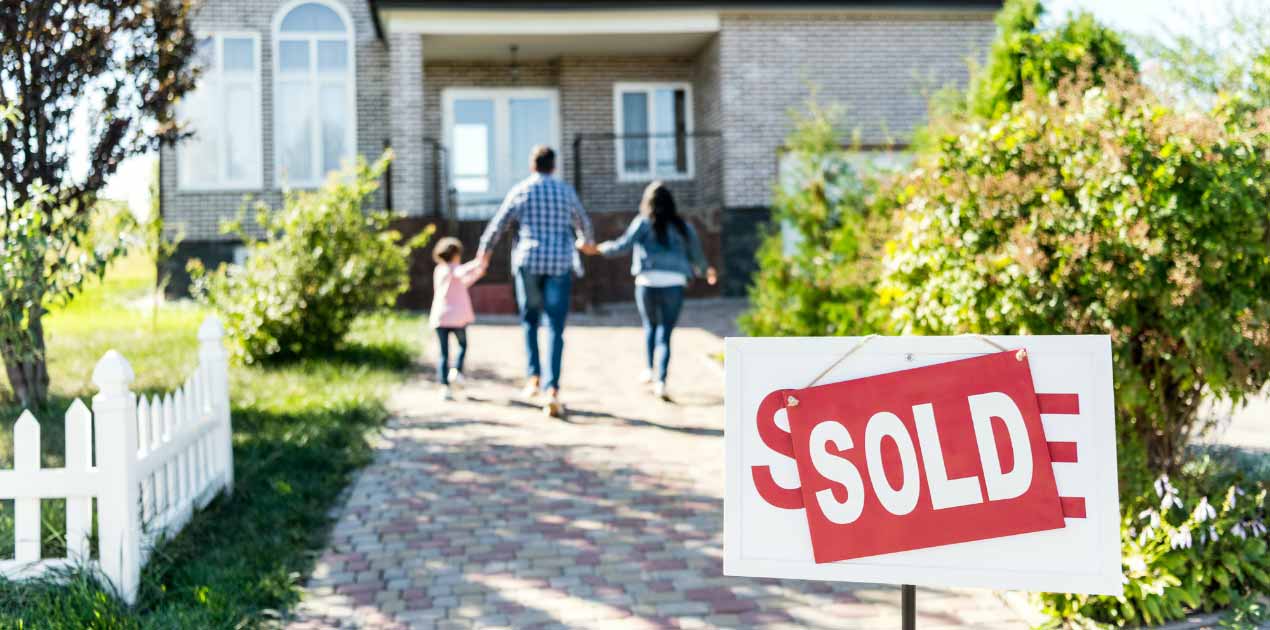Brisbane’s property market posted another month of solid growth in June, with housing values rising by 0.7%. This contributes to a 2.0% increase over the June quarter, adding approximately $18,000 to the city’s median dwelling value in just three months.
Over the past financial year, the market is up an impressive 7.0%. However, the real story lies in the divergence between houses and units. While the national trend is one of broad-based, modest growth, Brisbane is experiencing a clear shift in buyer behaviour.
The stronger result comes on the back of worsening affordability constraints, deflecting demand towards the unit sector, along with very low supply levels across Brisbane’s unit market.
Tim Lawless
This is reflected in the annual growth figures, where units have jumped a remarkable 10.9%, compared to a smaller, yet still strong, 6.3% for houses. The affordability barrier for standalone houses, with a median value now exceeding $1 million, is clearly redirecting buyers to more accessible options.
Brisbane housing market trends
| Metric | Value |
|---|---|
| Change in dwelling values (3 months) | +2.0% |
| Change in dwelling values (12 months) | +7.0% |
| Median dwelling value | $926,243 |
| Median house value | $1,010,566 |
| Median unit value | $718,196 |
Source: Cotality Australia
Across Brisbane, the rapid rental growth seen in previous years has continued to slow down. Over the 2024-25 financial year, dwelling rents increased by 3.8%. This moderation aligns with the national trend, where rental affordability and a normalisation of overseas migration are easing pressure on tenants.
While still a landlord’s market, the pace of growth is returning to more sustainable levels.
Brisbane rental rates & yields:
| Metric | Houses | Units |
|---|---|---|
| Weekly rent | $650 | $630 |
| Gross rental yield | 3.5% | 4.5% |
| Annual change in rent | +3.4% | +5.1% |
Source: Cotality Australia
The slowdown in rental growth, despite persistently tight vacancy rates, is likely due to:
- Normalising Net Overseas Migration: After a period of “catch-up” migration post-COVID, a slowdown here reduces immediate rental demand.
- Affordability Constraints: Renters are reaching the limit of what they can afford.
While values are up, the actual number of sales has seen a minor dip over the past year.
- Annual Change in Sales Volume: -0.3%
This slight decrease suggests that while demand is strong enough to push prices up, the overall transaction volume is relatively stable.
Brisbane house prices – the longer-term data
The outlook for Brisbane’s property market for the rest of 2025 is shaped by the interplay of national economic trends and unique local pressures. While the market is poised for further growth, its character will be defined by a clear tug-of-war between strong demand drivers and significant affordability constraints.
Nationally, the prospect of lower interest rates and a tight labour market will certainly bolster confidence among Brisbane buyers. Lower borrowing costs will provide welcome relief, particularly as buyers face a median house price that has now surpassed the $1 million mark. A strong local jobs market gives households the stability needed to enter the property market, even at these elevated prices.
However, the most significant local factor is the severe undersupply of housing, especially in the unit sector. With listings tracking a staggering 33% below the five-year average, a strong foundation for price growth is firmly in place. This critical supply-demand imbalance is the primary driver behind the unit market’s remarkable 10.9% annual growth.
On the other hand, this worsening affordability is the key headwind moderating the market. The seven-figure median house price is actively deflecting demand towards the more affordable unit sector, a dynamic that explains its outperformance. This, combined with elevated household debt levels and cautious lending standards, will likely prevent the market from returning to the boom conditions of the recent past.
As noted by Tim Lawless:
Overall, the tailwinds of lower interest rates, higher confidence, tight labor markets, and low housing supply are likely to outweigh the headwinds, providing the foundations for further modest growth in housing values in 2025.




